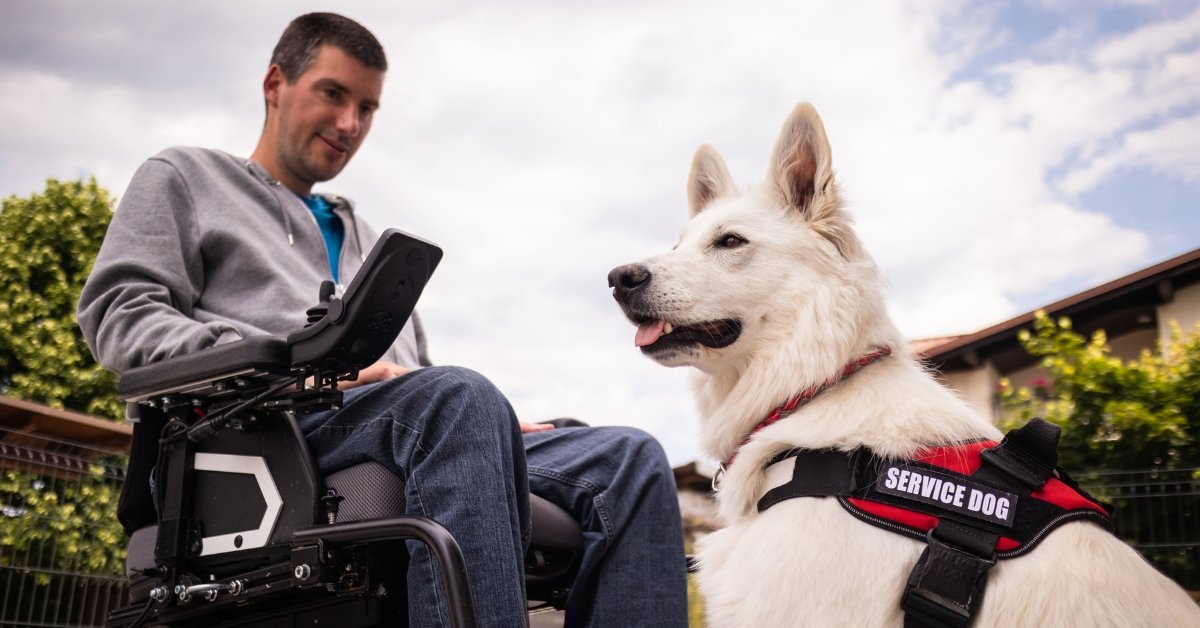The Karen Read trial unfolds as the jury deliberates in the John O’Keefe murder case. Key Evidence in the Karen Read Trial.
Table Of Contents
The Karen Read trial has captivated readers nationwide.
It blends romance, tragedy, and allegations of a shocking police cover-up.
Karen Read, a 45-year-old former professor from Mansfield, Massachusetts, stands accused of murdering her boyfriend, Boston police officer John O’Keefe, in January 2022.
As the jury deliberates in her retrial following a mistrial in 2024, the world awaits a verdict that could reshape views on justice.
We will cover the case’s background, key evidence, public fascination, and what is at stake, all written for readers who value simplicity and clarity.
Who Is Karen Read?
Karen Read was a respected adjunct professor living quietly in Massachusetts before becoming the center of a high-profile legal battle.
In 2022, she was charged with the death of her boyfriend, John O’Keefe, a 46-year-old Boston police officer known for his community service.
The Karen Read trial has sparked debates about evidence, fairness, and the justice system’s integrity.
The question of who Karen Read is goes beyond her past.
Supporters see her as a wrongfully accused woman trapped in a web of corruption, while prosecutors view her as responsible for a tragic crime.
This divide drives the case’s intensity, making every detail critical as the Karen Read verdict watch continues.
The Night That Changed Everything
On January 28, 2022, Karen Read and John O’Keefe spent the evening drinking with friends at the Waterfall Bar and Grill in Canton, Massachusetts.
They later attended a house party at 34 Fairview Road hosted by another officer. What happened next is fiercely disputed.
Prosecutors claim Read, upset after an argument, intentionally backed her Lexus SUV into O’Keefe, striking him and leaving him to die in a snowstorm.
They say she fled, and O’Keefe was found unresponsive around 6 a.m. the next morning by Read, Jennifer McCabe (O’Keefe’s friend), and another woman.
He was pronounced dead hours later, with an autopsy citing blunt head injuries and hypothermia as the cause.
The defense argues that O’Keefe was killed inside the house, possibly in a fight, and his body was placed outside to frame Read.
They allege a police cover-up, claiming officers at the party manipulated evidence to protect themselves.
This clash of stories has turned the John O’Keefe murder into a complex mystery for jurors to unravel.
The Trial’s Rocky Road
The Karen Read trial began in April 2024 but ended in a mistrial in July 2024 when jurors could not reach a verdict after 27 hours of deliberation.
The retrial, starting in April 2025, has been even more gripping.
Closing arguments concluded on June 13, 2025; as of June 16, 2025, the jury is in its first full day of deliberations at Norfolk Superior Court in Dedham, Massachusetts.
The trial’s drama is amplified by its visibility.
Live coverage has drawn millions, with some calling it one of 2025’s most anticipated trials.
A documentary, “A Body in the Snow: The Trial of Karen Read,” has deepened public interest.
The Boston Globe provides in-depth reporting, making it a key update source.
Key Evidence In The Karen Read Trial
The Karen Read trial live coverage has highlighted several pieces of evidence that could sway the jury.
Each is hotly contested, with both sides offering strong arguments.
Here is a clear breakdown:
1. Did Karen Read Confess?
A major question is what Read said when help arrived.
Prosecutors claim she admitted guilt, repeatedly saying, “I hit him,” according to first responders like firefighter Katie McLaughlin and witness Jennifer McCabe.
This disputed confession suggests she knew she struck O’Keefe.
The defense counters that Read was distraught, asking, “Did I hit him?” or “Could I have hit him?” as testified by Kerry Roberts.
They argue that her words show confusion, not an admission, and accuse witnesses like McCabe of coordinating their stories.
This debate is crucial, shaping whether jurors see Read as guilty or a victim of circumstance.
2. The Mysterious Google Search
A Google search on Jennifer McCabe’s phone for “how long to die in the cold” has sparked heated debate.
The defense, backed by expert Richard Green, claims it was made at 2:27 a.m. on January 29, 2022, hours before O’Keefe’s body was found, suggesting someone knew he was outside.
This Google search timestamp could point to a cover-up.
Prosecutors, supported by forensic analysts Ian Whiffin and Jessica Hyde, insist the search happened at 6:20 a.m., after the body was discovered, calling the earlier timestamp unreliable.
Hyde’s testimony emphasized scientific certainty, while Green’s was questioned for lack of evidence.
This evidence could make or break the defense’s narrative.
3. Were There Dog Bites?
The defense introduced Dr. Marie Russell, who testified that scratches on O’Keefe’s arm resemble bites from Chloe, a German Shepherd at the house, suggesting he was attacked indoors.
This dog bite evidence supports their cover-up theory.
Prosecutors, via expert James Crosby, argue the injuries match a vehicle strike, not a dog attack, noting no canine DNA was found on O’Keefe’s clothes.
The defense also raised concerns about the clothing’s chain of custody, calling DNA tests unreliable.
This evidence is pivotal for the defense’s alternative explanation.
4. What About the Taillight?
The condition of Read’s SUV taillight is a major issue.
Prosecutors say it was damaged when Read hit O’Keefe, with witnesses like McCabe and forensic scientist Maureen Hartnett confirming the damage at 5:30 a.m.
Plastic fragments on O’Keefe’s clothes allegedly match the taillight.
The defense claims the taillight damage occurred earlier, around 5 a.m. when Read grazed another vehicle, as shown in surveillance footage.
They allege tampering at the Canton police garage, noting fired investigator Michael Proctor’s involvement.
Defense expert Daniel Wolfe’s crash tests suggest the damage could stem from a thrown glass, not a pedestrian hit.
This dispute questions the evidence’s integrity.
5. Do the Injuries Tell the Story?
Experts disagree on O’Keefe’s injuries.
Defense experts Andrew Rentschler and Daniel Wolfe from ARCCA say the superficial abrasions and lack of broken bones do not match a 24-mph vehicle strike, suggesting a fall or fight.
This expert testimony on injuries challenges the prosecution’s core claim.
Prosecution expert Judson Welcher argues that injuries and SUV damage align with a low-speed collision.
They also questioned the defense experts’ financial ties, hinting at bias.
This clash leaves jurors to weigh conflicting science.
Charges Against Karen Read
To clarify the stakes, here is a table of the charges Read faces:
| Charge | Description | Possible Sentence |
|---|---|---|
| Second-degree murder | Intentionally causing death without premeditation | Life imprisonment |
| Manslaughter while operating under influence | Causing death while driving under the influence of alcohol | Up to 20 years |
| Leaving the scene of an accident causing death | Failing to stop after causing an accident that results in death | Up to 10 years |
This table helps readers understand the legal consequences Read could face.
Why The Public Cannot Look Away
The Karen Read trial is more than a courtroom drama.
It is a cultural touchstone.
Social media buzzes with opinions, from supporters wearing pink and holding “Free Karen Read” signs outside the courthouse to others convinced of her guilt.
The case’s appeal lies in its mix of personal tragedy, a couple’s relationship shattered, and broader issues, like allegations of police misconduct.
The firing of lead investigator Michael Proctor for sending derogatory texts about Read has fueled claims of bias, making the trial a focal point for discussions about trust in law enforcement.
Media outlets like the Boston Globe keep the story alive, offering daily updates that draw in readers.
What Happens Next?
As of June 16, 2025, the Karen Read verdict watch continues, with jurors deliberating after a brief session on June 13.
The defense rested on June 11, presenting 11 witnesses, including experts challenging the prosecution’s evidence, while the prosecution called 38 witnesses, leaning on forensic data and Read’s alleged statements.
Possible outcomes include:
- Conviction: A guilty verdict on second-degree murder could mean life in prison, closing the case but raising questions about the investigation’s fairness.
- Acquittal: If found not guilty, Read walks free, potentially sparking calls for further investigation into alleged police misconduct.
- Mistrial: Another hung jury could lead to a third trial or dropped charges, prolonging the saga.
The verdict’s impact will extend beyond the courtroom, shaping views on justice and law enforcement.
Why This Case Matters
The Karen Read trial is about more than one woman’s fate; it is about trust, truth, and the systems we rely on.
For O’Keefe’s family, it is a quest for closure.
For Read’s supporters, it is a fight against injustice.
The case’s visibility, amplified by the Boston Globe, reflects society’s hopes and doubts.
As the jury deliberates, the Karen Read trial remains a story of human emotion and systemic stakes.
Whether Read is convicted or cleared, questions about evidence, fairness, and accountability will linger.






